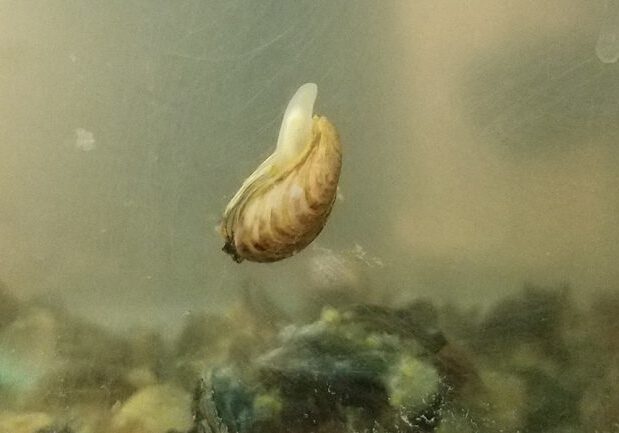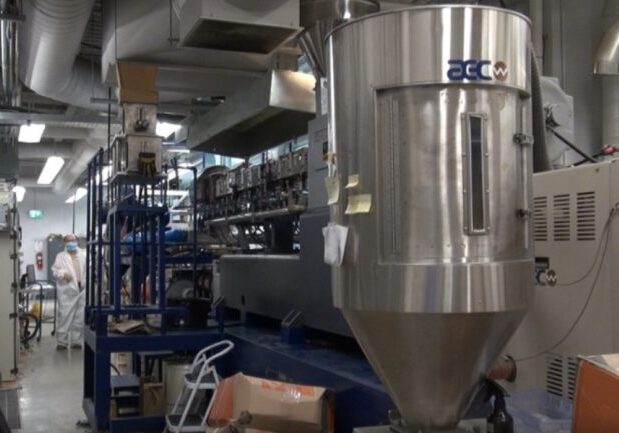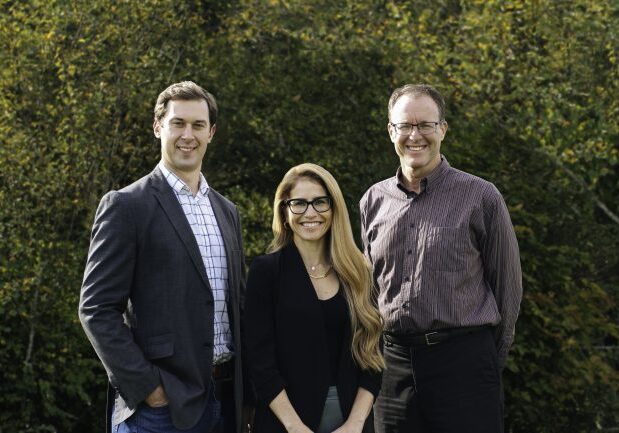
From soft robotics to treating neurological disorders: Three U of T Engineering projects supported by CFI
Funding from the John R. Evans Leaders Fund will help develop new technologies and train highly qualified personnel

How data science could enhance water practices and equity in India
A Catalyst Grant from U of T’s Data Sciences Institute will help launch a new cross-disciplinary research project co-led by Professor David Meyer (CivMin, CGEN)

Positive Zero Transport Futures takes a holistic approach to decarbonizing transportation
A team of U of T Engineering researchers is designing models of decarbonization that ensure positive societal outcomes

Could a ‘virtual slime mould’ design a better subway system?
A model based on the growth patterns of a single-celled organism could lead to networks with improved travel time or resilience to disruption

Zebra mussels could point the way toward non-stick surfaces and medical adhesives
Professor Eli Sone and his team developed new techniques to measure how strongly mussels stick to a range of different materials

U of T Engineering and Ford partnership introduces new sustainable material into the automotive industry
Professor Mohini Sain’s team worked with Ford Motors Canada to create a Carbon Fibre-Composite 5.0L Engine Timing Cover

‘An everybody problem’: David Sinton on how U of T experts can help Canada — and the world — get to net-zero
Canada has formally committed to achieving net-zero greenhouse gas emissions by 2050 — and since 78% of greenhouse gas emissions globally are related to energy, finding cleaner sources is a big part of the puzzle. Researchers at the University of Toronto have responded to this challenge by forming a new research network: the Climate Positive […]



